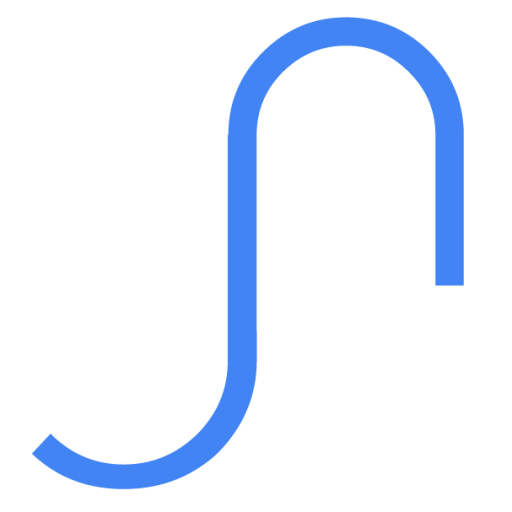Hydroweave I 2019
project partner: Stefanie Eichler, Max-Planck-Institute of Colloids and Interfaces
In the future, our designed living space will be high-tech and shaped by materials that can react to stimuli and influences from the environment. We are also asked to use our resources in an ecologically sustainable and intelligent way. Cellulose is one of the most frequently occurring building blocks and the most often used renewable raw materials in nature. Cellulose is used to make paper, which can also be turned into yarn. Cellulose fibres can absorb a lot of water. The individual fibres swell differently depending on the fibre direction; when dried they shrink again.
In the project Hydroweave, this natural principle of “hygroscopic movement” was transferred from nature onto a textile material system: paper yarn made of cellulose fibres is woven into a surface. The type of yarn twist and the specificity of the fabric construction can be used to regulate the shape change of the fabric through moisture. When the fabric releases moisture back into the environment, it returns to its original shape. This process is both reversible and repeatable. The material system thus serves both as an indicator and a regulator of the surrounding humidity. The result is a smart material that works without any technical aids, such as sensors and is produced entirely from renewable materials.










